Calls for Ukraine
Calls for Europe
Calls for USA

Acoustic neuroma (also called vestibular or acoustic schwannoma) is a benign tumor that is formed from Schwann cells of the auditory nerve or the eighth pair of cranial nerves. This pathology accounts for 11-13% of all intracranial tumors. It is mainly diagnosed in adults aged 30-50 years, more often in women. This benign formation grows quite slowly. However, the tumor can reach significant sizes, lead to hearing impairment, problems with balance, in some cases – mental disorders, paralysis of facial muscles, it can also put pressure on important structures and even be life-threatening.
However, modern medicine offers effective treatment for acoustic neuroma. For this purpose, leading neurosurgery clinics use minimally invasive microsurgical methods and radiation therapy, which makes it possible to stop the growth or remove the tumor, eliminate symptoms and return patients to a normal quality of life.
The MedTour platform will help you choose a medical center where specialists will select for you the optimal method of treating neuroma, most suitable for your indications, and will help you effectively solve this health problem.
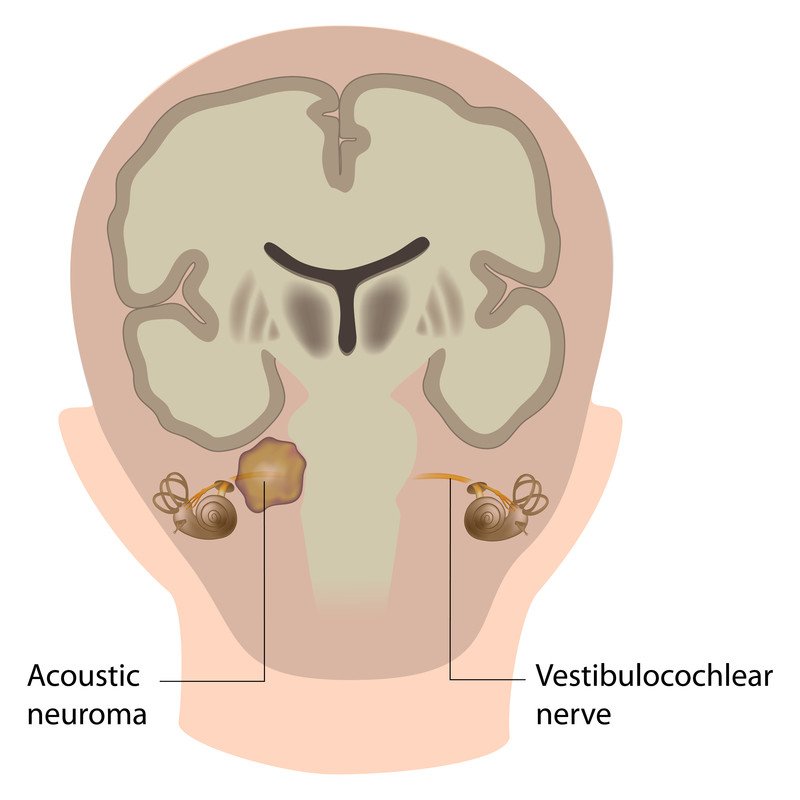
At the moment, the exact reasons for the formation of acoustic neuroma are unknown. However, there are a number of factors and reasons that contribute to the appearance of neoplasms of this type. They often occur when a person has neurofibromatosis type 2. This is a hereditary pathology in which benign neoplasms arise from nerve sheaths in different parts of the body. Acoustic schwannoma is also associated with the occurrence of mutations on chromosome 22.
In addition, factors that can increase the likelihood of this tumor include: exposure to radiation, exposure to toxic substances, and traumatic nerve damage.
Detailed and clear MRI images make it possible to examine the tumor of the auditory nerve and see that it usually has a round shape and smooth, clearly defined edges. It can be described as a fairly tight knot. If the neuroma is large enough, it can put pressure on the cerebellum or brain stem, deforming it.
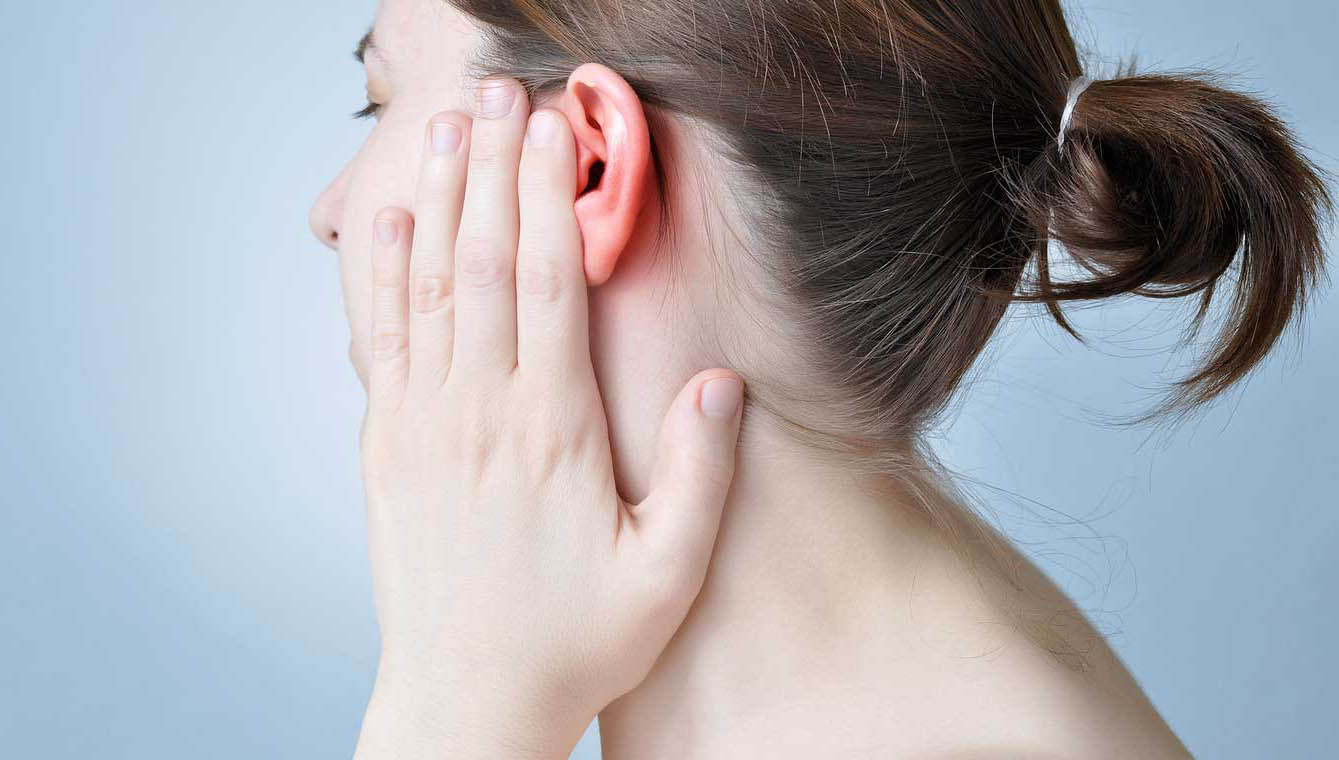
The most common symptoms of vestibular schwannoma include:
If there is a tumor of the auditory nerve, the signs intensify as it grows and puts pressure on surrounding structures. In addition, symptoms may differ slightly depending on the location of the tumor relative to the brain stem and depending on its type.
Neoplasms of this type can be of several types:
In addition, based on localization, doctors distinguish between medial and lateral tumors.
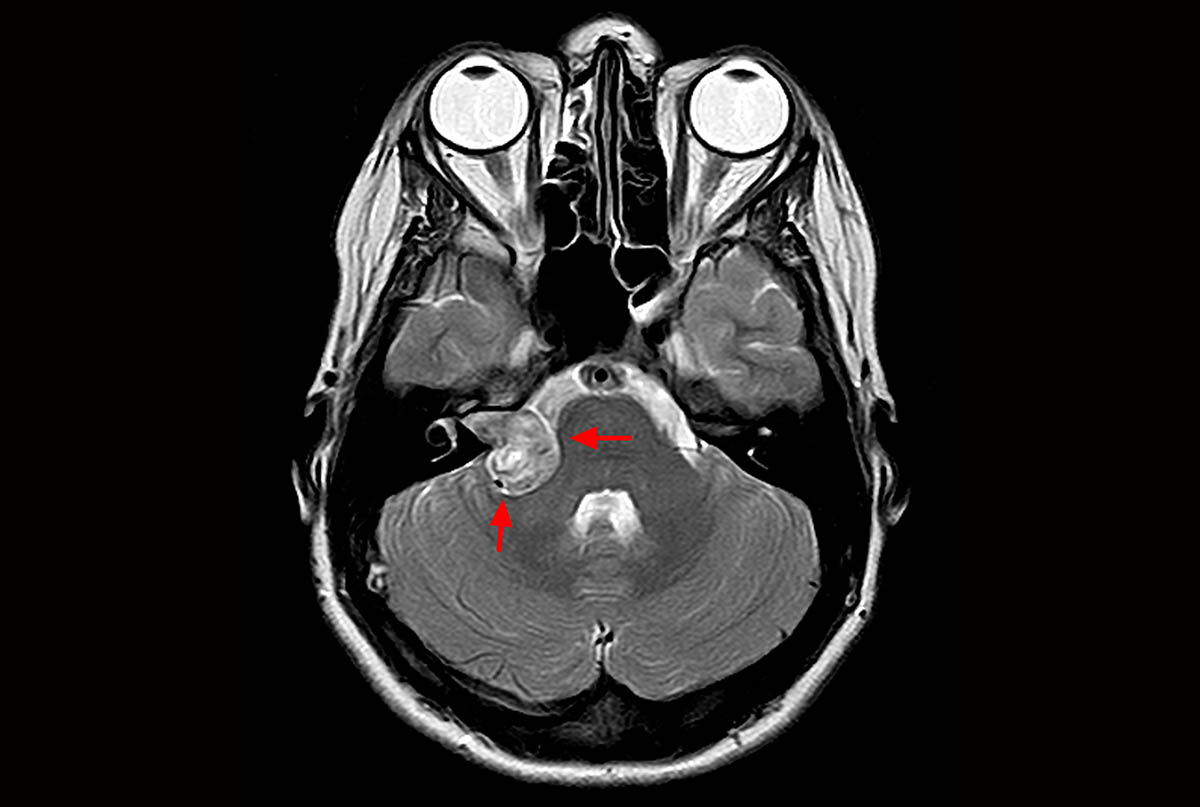
For acoustic neuroma, diagnosis includes a complex of methods. The examination may include the following methods:
A comprehensive study determines the size of the tumor, its location, and to determine how much it affects hearing, the vestibular system, and which nerves are under pressure.
MRI is one of the most important diagnostic methods, which is used when a neuroma is suspected to visualize the tumor. Magnetic resonance imaging makes it possible to detect even small tumors in the first stages. It is possible to accurately calculate the size and location of the neuroma. This method also makes it possible to see the structure of the tumor and identify which tissues it puts pressure on (cerebellum, nerves, brain stem, bone structures). CT can also provide similar information in case of acoustic neuroma.
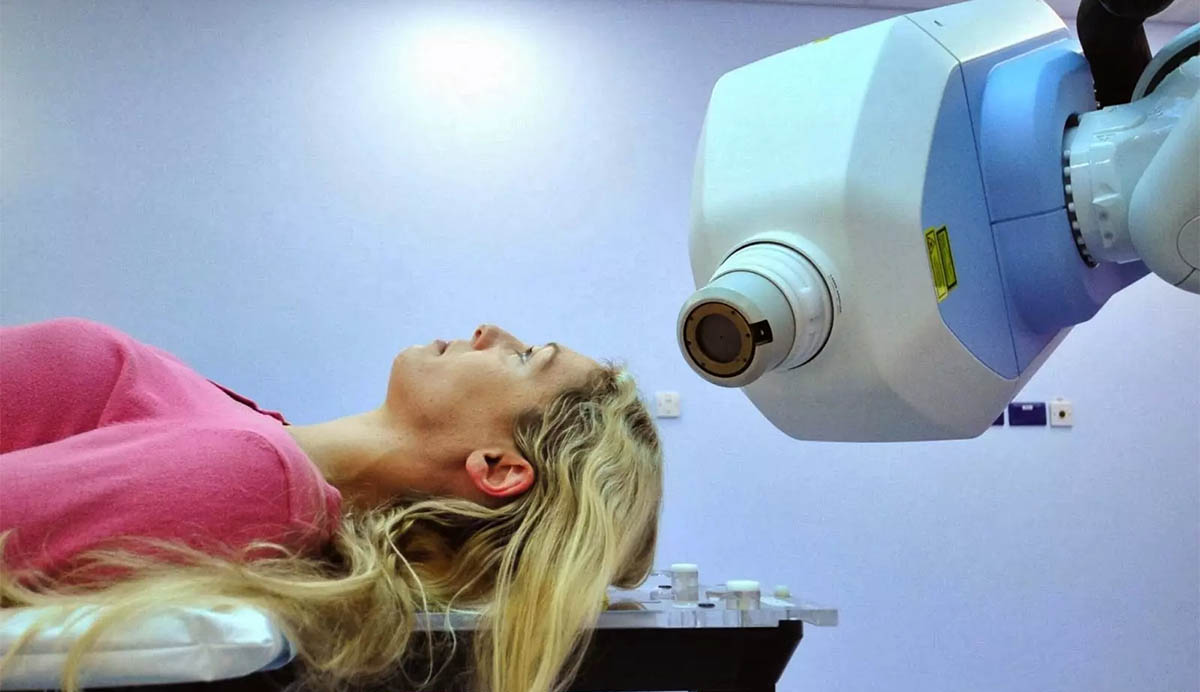
If a neuroma is diagnosed, doctors choose treatment tactics depending on the characteristics of the tumor, the symptoms it gives, and the characteristics of a patient’s health.
Surgery for the diagnosis of acoustic neuroma is performed under general anesthesia. To gain access to the area where the tumor is located, a surgeon makes a small hole in the skull. Today, preference is given to minimally invasive techniques using microscopes and endoscopes. This makes it possible to remove the acoustic neuroma with maximum precision, clearly separating healthy tissue from the neoplasm. The use of neuronavigation also makes it possible to increase the accuracy of all surgical procedures and avoid damage to important structures.
This type of surgery is easier to tolerate and does not leave rough scars. Already 5 days after surgery, a person can leave the clinic.
Recurrence of acoustic neuroma is a fairly rare occurrence. However, sometimes the tumor may begin to grow again. Therefore, after surgery, it is recommended to periodically undergo MRI examinations.
The duration of such operations depends on the size of the neuroma, the characteristics of access to it and the methods of removal. Small neuromas that are easy for the surgeon to reach are usually removed within 1 hour. It may take 2-3 hours to remove large tumors and tumors located in hard-to-reach places.
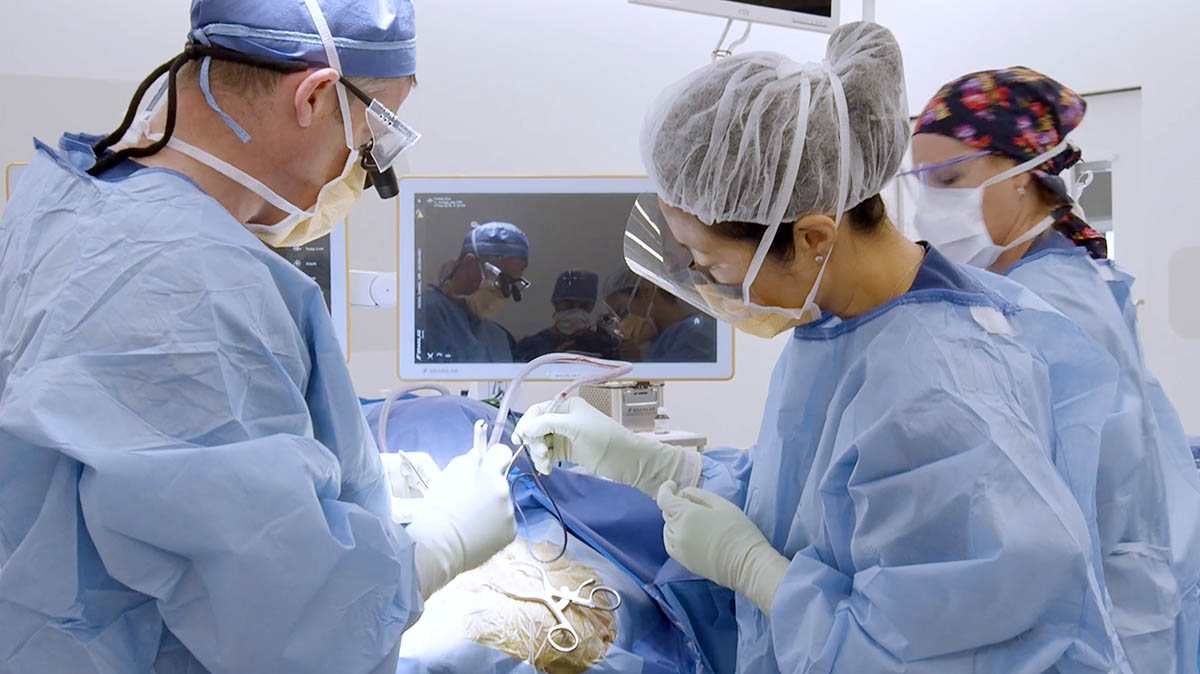
Prices for surgery will vary markedly depending on the country in which you have it done. So, for example, in Turkey the price will be from 15 thousand dollars, in Spain – from 18 thousand euros, in Germany – from 20 thousand euros. In addition, pricing will be influenced by: the level of the clinic you choose, the removal technique, the volume of the operation, its complexity, and the qualifications of the surgeon.
You can find out prices for neuroma removal in different countries and clinics from the MedTour coordinating doctor. The medical coordinator will familiarize you with the cost of surgical procedures and tell you about the doctors who perform such operations.
After the surgeon removes the tumor, it may take about a month to recover. Rehabilitation may include drug therapy and physical therapy. Your doctor may recommend special exercises to train the vestibular system. It will also be necessary to adjust your diet for some time.
Attentive attention to the doctor’s recommendations will help you go through the recovery period faster and maintain normal health.
Despite the fact that this is a benign formation, which, as a rule, grows slowly, the pathology still carries quite serious health risks.
It is rarely diagnosed in the early stages. Moreover, in the later stages of development, the neoplasm can lead to deafness, paralysis of facial muscles, hydrocephalus, the inability to chew food independently and other dangerous complications, including death. Therefore, when an acoustic schwannoma is detected, it is very important to consult a doctor and select adequate treatment.
If the tumor is detected on time, is under the supervision of specialists, or is adequately treated, the prognosis is favorable. Modern medical approaches to this disease make it possible to take control of the condition, eliminate symptoms and normalize well-being.
Are you looking for which clinic to go to for acoustic schwannoma? Today you have the opportunity to take advantage of the most modern methods of diagnosis and treatment of neuromas in the best medical centers.
The MedTour platform cooperates with the most advanced clinics that successfully treat this disease. We will help you choose a clinic for the treatment of acoustic neuroma in Ukraine, Turkey, Italy, Israel, South Korea, Germany and other countries of the world. The MedTour coordinator will tell you in detail about the most suitable medical institutions, treatment methods in each of them, and leading specialists in this field.
Otolaryngologists and neurologists treat this pathology. In order to choose the most suitable treatment for your condition, you need to find a specialist with the necessary qualifications.
MedTour cooperates with leading neurologists and otolaryngologists from around the world. Our coordinating doctor will advise you on all issues free of charge and help you choose a good doctor according to your requests and needs. To get the necessary information and assistance, send us a request via the contact form or call the numbers listed on the website.
Please rate the work of MedTour
